Today was a busy day (yesterday internet died again). I first went out to get some tea for Action Jackson, who has a tea mule waiting for me to bring back stuff from Taiwan. I was on my way to get her some aged baozhongs, when, along the street, I saw a sign saying “Antique and Famous Masters Teapots, 6th Floor!” with some truly dubious looking pots in poorly taken photos next to the sign. Hmmm
What the heck, I had time, I thought, so I went upstairs to the 6th floor. It looked a little creepy. I thought about leaving. Then I saw the teapot sign…. the door was open, so I figured it’s not a bad idea to peek. Taiwan has a lot of scams going on, so I was a little worried about getting sucked into one. Inside that little office were a few shelves full of pots, and an older guy just walking around. I entered, and he greeted me and started talking pots.
This place was pretty interesting. There were, by my estimate, about 200 pots of various shapes and sizes on the shelves in that place. Every one of them had a little sign in front of it, listing the approximate age, the seal (or signature) and whatever else info there is. Most looked like credible zhuni pots. Many looked old, some very much so. They’re clean, well kept, and obviously in good hands. The only question is…. are they real?
The man claims he’s been collecting pots for about 20+ years. Makes sense. The 80s was when Taiwanese went nuts collecting yixing pots. What happened to puerh in the past few years happened to yixing pots in the 80s. Then, of course, the market went bust and prices of many of the older pots dropped dramatically. Tea probably won’t suffer as bad a fate, since it’s perishable and will continue to be consumed, whereas pots aren’t. Nevertheless… it is entirely possible that somebody’s sitting on a big stash of older pots.
The craft of many of these pots obviously look good. Some are very good, and have intricate details and fantastic calligraphy. Some have very rough finishes, especially on the inside, which I learned from another source is quite typical of older pots — it was not usual for them to make picture perfect finishes inside back in the day; it just wasn’t done. So you had a lot of what one might consider a rough finish now on the inside (outside all look good). I didn’t bother inquiring about prices, but some had prices on those labels and they ranged from what seems like a hundred or two all the way up to a few thousand. Age of pots range from the Qing dynasty (1644-1911) to 1970s.
I didn’t have much time there, only spent about an hour chatting with the owner, and looking through an incredible array of pots. The guy obviously wants to talk, and isn’t particularly pushy or anything. He clearly loves his stuff… and kept showing me pot after pot. Unfortunately I ran out of time and had to go (I still had to buy the tea and then rendevous with the tea mule). I will most likely go back to this place though.
The buying of the tea was itself fairly uneventful. I did drink some 20 years old cooked puerh mixed with osmanthus. That was interesting.
After dropping off the goods with the tea mule, I had to meet with two people — and we chose Wisteria as our meeting place. I haven’t gone there since I arrived in Taiwan, and figured it’s time to go. Their original location is under renovation. This is a branch of sorts.
Wisteria is mostly a place for you to drink tea (unless you want to buy stuff there). The way it works is this: you go in, you sit down, and you look at the tea menu (there are a few snacks, but no real food). Everybody has to order something… or at least, everybody has to order one serving of tea or its equivilent. So, for the three of us, we had to get three servings of something. I leafed through the menu. For a Taiwan oolong, say, one serving would cost 350NT. So for three of us getting something of that calibre… that’s 1050 NT or thereabouts.
Then I flipped to the back where the good stuff (Tongqing, Red Label, etc) are… for three-four people, a serving of a 30s Sun Yi Shun is…. 1980 NT.
Is this a no-brainer or what?
I suggested we go with the SYS. The other rationale is that it was near dinner time… and drinking something as green as a gaoshan oolong right before dinner is potentially suicidal.
The tea is as I remember a SYS to be…. nice, medicinal, mellow, had a soft kind of qi, easy on the body…. very durable. Nice tea, even if not mind blowing. People in Hong Kong told me to try to find them in Taiwan, as they think it might still be reasonably priced there for what they are. Either way though…. good tea needs good company. It always makes a tea more enjoyable 🙂

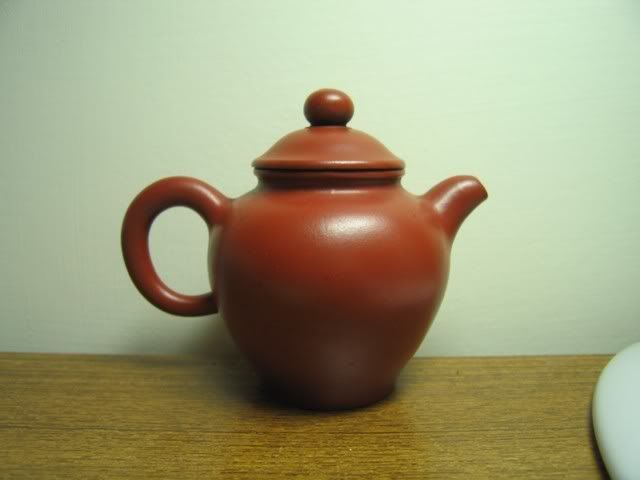
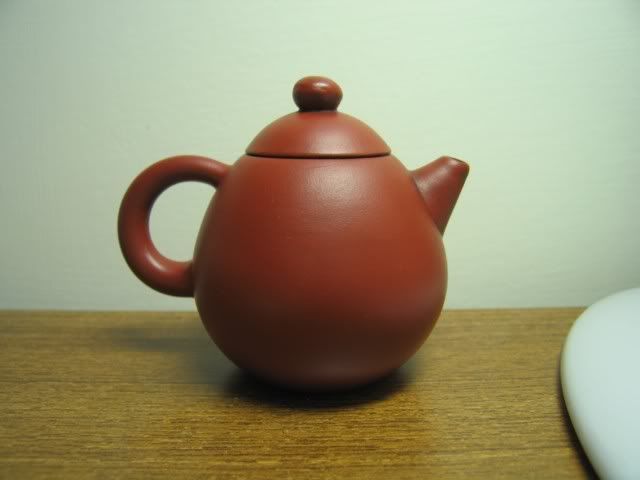


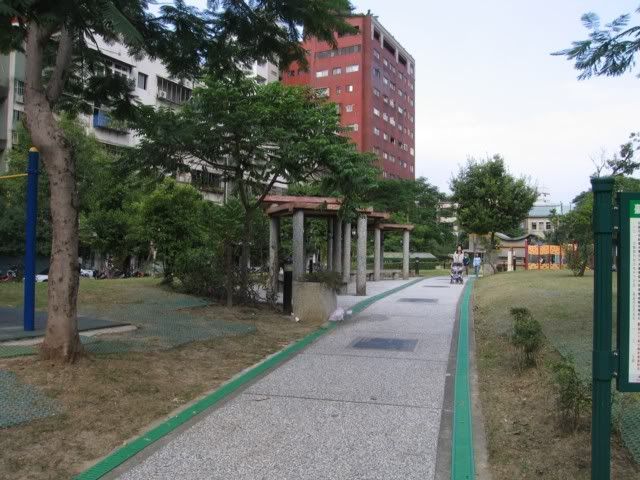
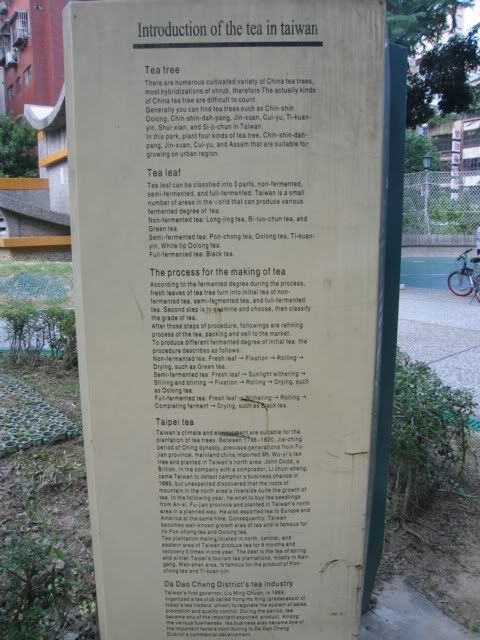
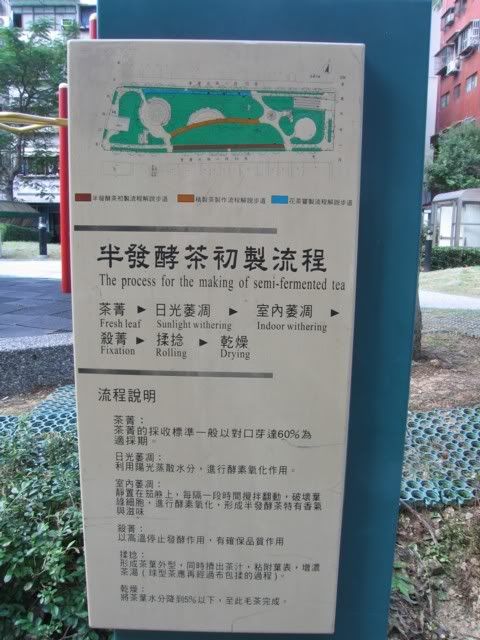

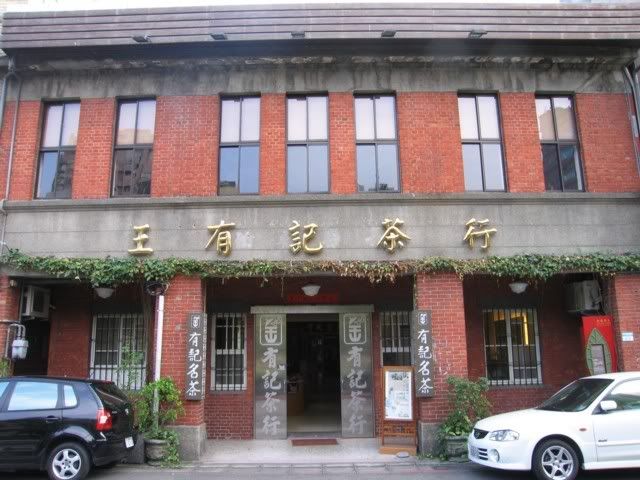
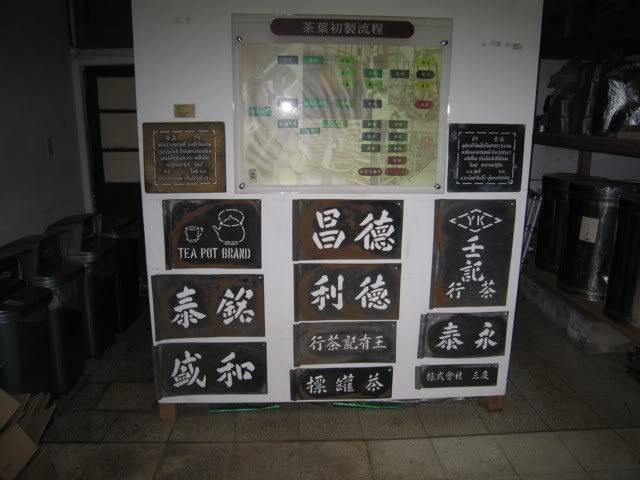
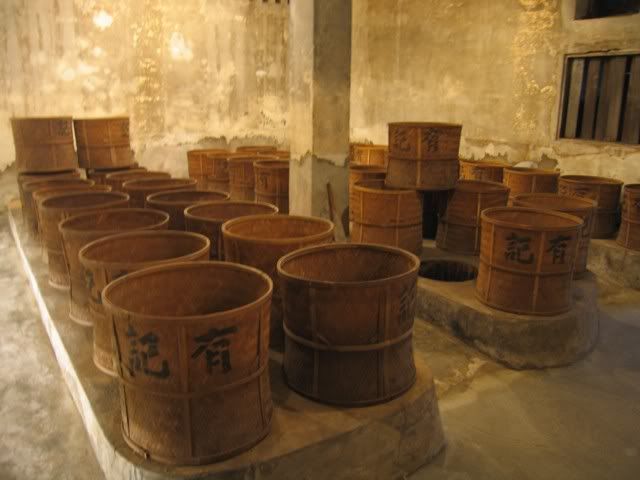
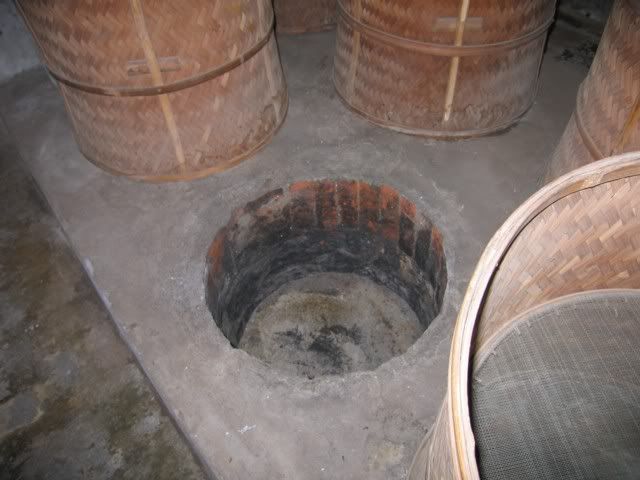
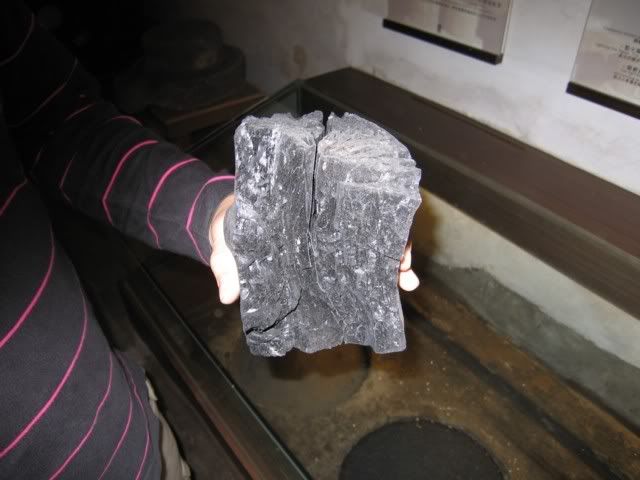
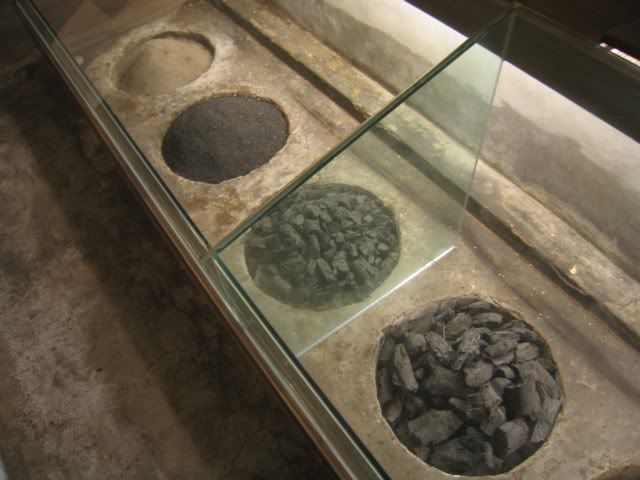
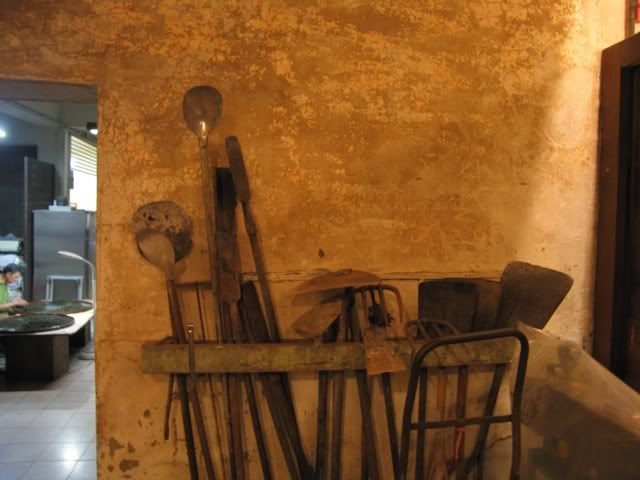
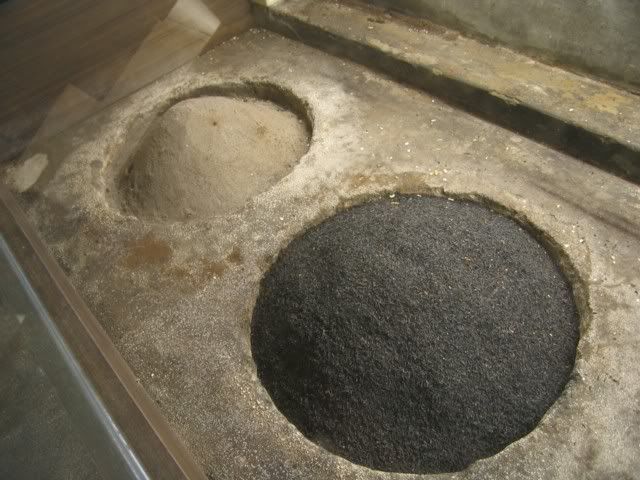
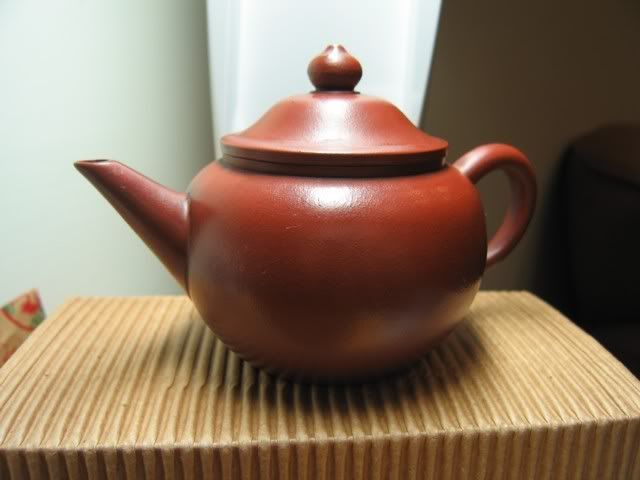
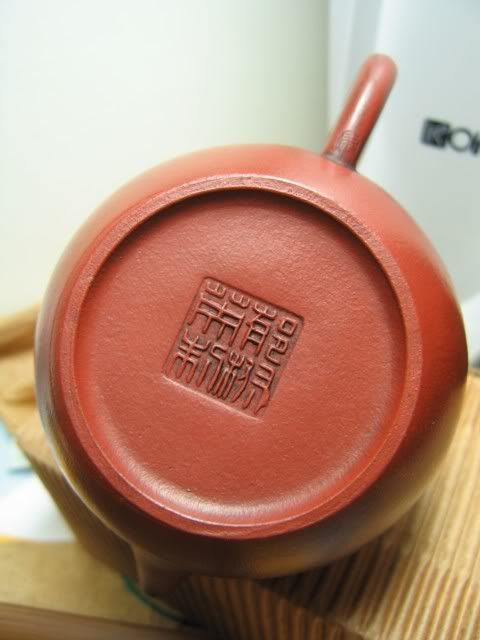


 RSS - Posts
RSS - Posts
I took you at your suggestion and have been reading some of your old post-Covid posts. I haven’t been to…